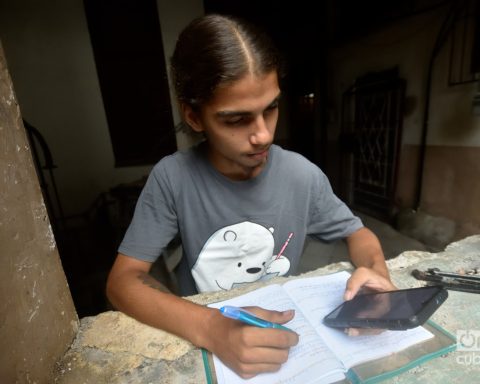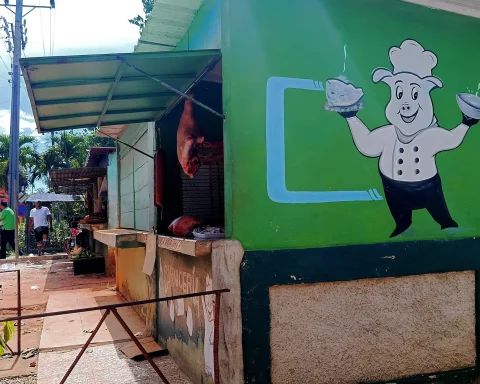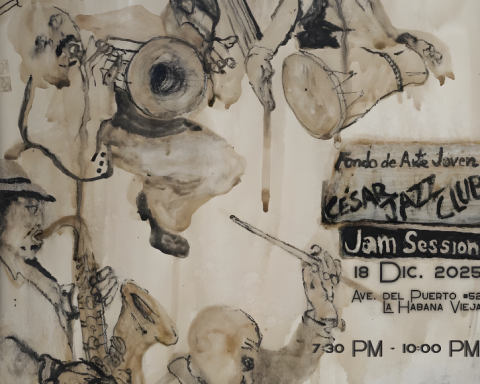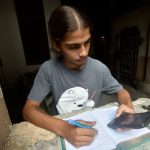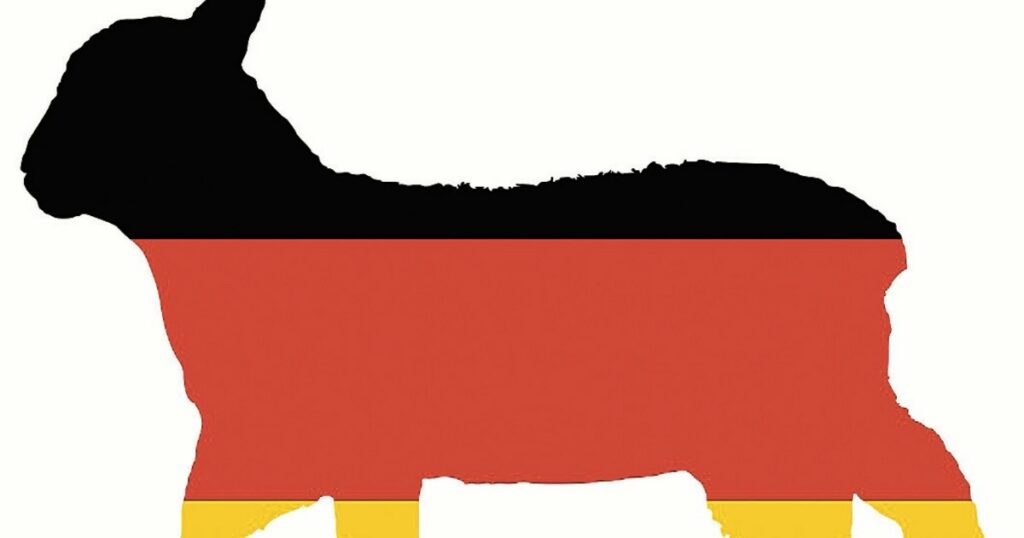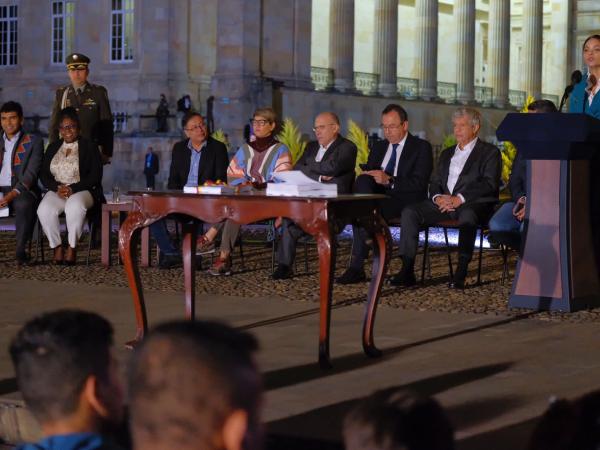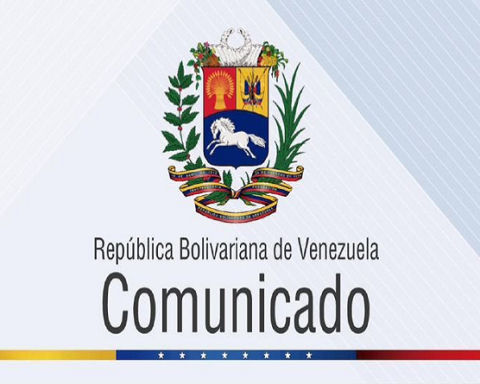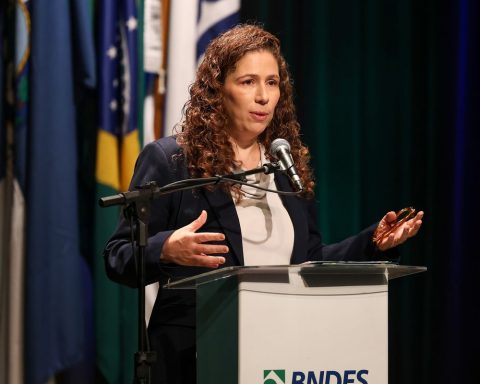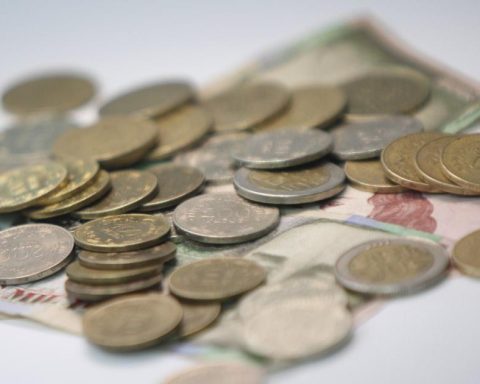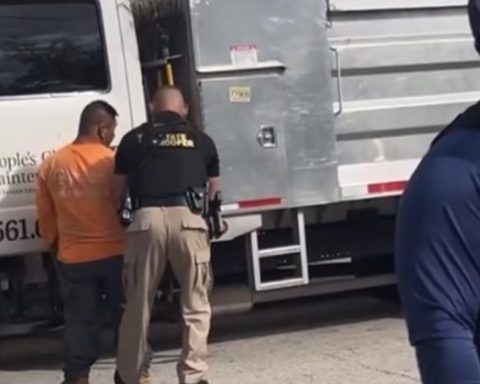In early November, the Villa Clara provincial government alerted about the danger of consuming bean seeds as a grain substitute. More than 50 tons had been sold in stores of the Seed Base Business Unit, in Villa Clara. Supposedly they were for planting. But the cultivation plans were not ambitious enough to justify that demand.
The apparent nonsense had an economic motivation: “The price of beans has skyrocketed to more than one hundred pesos a pound, so today it is cheaper to buy what is offered to sow,” revealed journalist Jesús Álvarez López in an interview with the director of the Villa Clara branch of the national seed company, Allan Ramírez.
Such a practice entails great danger, the official emphasized: “it is a toxic product, due to the poison that is used to treat it […] we must warn that it can cause an accident to your family or anyone who consumes it”.
New crisis, old problems
At that time, the bean seed was sold at 75 pesos per pound. Meanwhile, black beans were quoted between 120 and 130 pesos in the agricultural markets. Since then, the value of the second came to reach 170 pesos at the end of the year in the central region. The increase is due to the prospects of an insufficient harvest and the price cap decreed by the authorities, which “submerged” a good part of its trade.
The central region, once Cuba’s bulk emporium, has not managed to recover from the bean flower thrips infestation which between the end of 2019 and the beginning of 2020 devastated the plantations in most of the provinces. The National Productionwhich in 2018 had reached 161,513 tons, decreased in 2020 to 65,779, and to 57,642 tons in 2021, the last year for which official data is available.
The shortage of pesticides —the fundamental cause of that crisis— continues to be one of the difficulties faced by Cuban farmers. Faced with the impossibility of resolving it, the authorities have indicated that “no one can put obstacles that join the complex scenario that means the deficit of resources and inputs.” So claimed the member of the Communist Party Secretariat, Félix Duarte, when reviewing the preparations for the winter campaign in Villa Clara.
More fields planted, few harvests
The current cold planting campaign was planned as the greater than the last decade in Cuba. Some 424,900 hectares must be cultivated between September (2022) and February (2023), 18,400 more than those planted in the previous campaign and 17% above the annual averages since 2012.
The goal is to put into production all the available land, including those recently delivered in usufruct, anticipated the Minister of Agriculture, Ydael Pérez Brito.
But, even in the best of scenarios, the harvests would not be enough to cover the national demand.
After registering a peak of sowings and productions in the 2016-2018 biennium, Cuban agriculture went into decline. This is due to the lack of resources and the effects of Monetary Ordering. The extreme case has been that of rice, whose production halved between 2018 and 2022. Similar situations have been verified in other crops such as root vegetables, whose harvest contracted from 2.8 million to 2.1 million tons between 2017 and 2021.
On the other hand, fruits closed the period collecting 770 thousand tons, almost 20% less than four years before. Not even tobacco managed to escape the negative trend. In 2021 the campaign contributed 21,900 tons, 9,000 less than in 2017.
Of the 19 items listed by the National Office of Statistics and Information (Onei) in its analysis of “non-sugar agriculture”, only cocoa experienced relative growth between 2017 and 2021. The fruit harvest rose from 245 to 1,472 tons.
The denomination of “relative” is not idle. In 2019, 1,799 tons of that fruit were collected and a year later, 1,577. The subsequent drop in deliveries accounts for a phenomenon that no item of national agriculture escapes. The decline in harvests and the diversion of part of the remaining production to the informal market continue to affect them.
more imports
“Before, when they distributed the technological package [el subsidio de insumos y combustible] it was business to sell to the State. The same thing happened to pig farmers. They received feed for selling their animals cheaper than on the street. At the beginning of the Ordinance they maintained the purchase prices without considering that all things had risen. And when they increased them, they did not do so enough to offset the costs of the inputs in MLC de Gelma [el Grupo Empresarial Logístico del Ministerio de la Agricultura]. If you look for things on the street it’s the same. When the State rises, the whole world rises”, explained Miguel Ángel, a rice farmer from the province of Camagüey whom I interviewed.
The story of Miguel Ángel is repeated throughout the rice-producing geography of the island. After years of selling his productions to the corresponding state company and participating in a cereal promotion program advised by Vietnamese, the drastic cut in subsidies and the “design errors” of the Ordinance Task made him reduce his sowings. Among those errors is, for example: that the sale of fertilizers, feed, etc., has been transferred to Freely Convertible Currency (MLC) without a corresponding price adjustment.
The reality is that Miguel Ángel no longer sows as much as before. But much of what he grows ends up on his table and in the hands of private buyers.
Less stimulus to domestic production
The state pay to less than four pesos a pound of “wet paddy rice” and, on average, two of these must be processed to obtain a pound of cereal intended for human consumption. Following the official price scaleIn 2020, each pound of food required an investment of around ten pesos for its production.
Many rice farmers are more accountable if they assume for themselves. “There is no shortage of merchants interested in buying rice at 35, 40 or even 50 pesos per pound, to later sell it at their market stalls. Everything is legal, they pay taxes”, commented Miguel Ángel.
This is the case with a growing percentage of milk, bean or fruit production, despite the supervision of MINAG and local authorities. Also despite the increase in payments to peasants for their products. The demand of the informal market and the sale of inputs in MLC suppose elements of pressure. The state collection has no way to deal with them.
It would be convenient for Cuba to pay better for its domestic productions, instead of substituting them with imports. An archetypal case is that of rice. In June 2020, the director of the technological division of this cereal at MINAG, Lázaro Díaz, Rodríguez, detailed to the daily Granma that the country invested about 319 dollars in producing each ton. To acquire the same amount abroad, he had to spend an average of 520 dollars.
Almost two years and one Ordinance later, the advantage was still in the island rice. Since 2019 the value of the imported ton rose from 468 to 633 dollars, consigned in February 2022 Deputy Prime Minister and Minister of Economy and Planning, Alejandro Gil Fernández.
matter of priorities
In the last five years the Cuban agricultural sector Be benefit with barely 5% of the annual investments made in Cuba, and less than 3% of the construction and assembly works. This, despite the fact that food imports constitute —together with fuel— the two largest expenditure items in the island’s foreign trade. In it 2023 budget 1,648 million dollars are earmarked for this purpose.
Rural areas have historically been neglected when distributing state resources. Consequently, life in the countryside has become less attractive, especially for young people. This is driving emigration (internal and external) and decimating the payrolls of private farms and cooperatives.
“The fundamental problem of agriculture in Cuba is the lack of workforce, there is little, it is aged and discouraged,” acknowledged in April of last year the director of Investments and Development of MINAG, Luis Enrique Díaz Burón.
Economic reforms: the weapon to reverse the problems?
MINAG does not have the resources to reverse this situation. According to Díaz Burón, as of 2011 the MINAG investment plan increased at an annual rate of 125 million pesos, which towards the fiscal year of 2019 brought the corresponding allocation up to 600 million; and “in 2021, with the ordering task, it grew by 10 billion pesos.”
But, when consulting the Onei records, made at “constant prices” -adjusted to the devaluation implemented on January 1, 2021-, the circumstances are less favorable. After the economic reform, the joint allocation for investment and new agricultural construction fell to its lowest level in more than a decade: 2.8% of the total (2,573 million pesos).
Less harvests, the attempts continue
A handful of negative headlines is enough to translate the situation. Less machinery, fertilizers and irrigation equipment in the fields. Therefore, smaller harvests.
In response, the Government approved in April 2021 a program of 63 measures aimed at “increasing food production and meeting the unmet needs of agricultural products.” Last December, a new law of “Promotion and Development of Livestock”.
Senior officials, such as Deputy Prime Minister Jorge Luis Tapia Fonseca, have been embarking on tours of the interior of the country for months. The objective is to promote the hitherto pending recovery of the sector.
At the beginning of January, Tapia and the Minister of Agriculture traveled to Pinar del Río to learn about the construction of homes and poultry farms, and the progress of the new tobacco campaign.
“One of the things we need is rurality, so that people return to the countryside, to stabilize the workforce,” narrowed down the head of MINAG when visiting a settlement of wooden houses. These will hardly resist a major hurricane.
inefficient shortcuts
Between the formal intention of state policies and reality there is a distance that the new provisions have not been able to shorten. Or have even been proposed. The Livestock Law, for example, was consulted with cooperative members, specialists and managers from all over the country, in meetings from which 61 proposals were obtained, 36 of which were totally or partially accepted. A feedback limited, whatever the prism through which you look at it.
Meanwhile, in livestock farms, the lack of inputs and the delay in payments continue to be commonplace. Programs such as artificial insemination are limited by the difficulties in importing thermoses or motorcycles for the inseminators.
Good but unrealistic intentions
The economist Pedro Monreal considers that the problems of Cuban agriculture are not “a simple conjunctural trance that can be resolved with lists of measures.” In his opinion, he urges promoting forms of private association. Also eliminate state control over prices and collection, and transfer the sale of inputs to national currency. The production growth of the previous decade will not be repeated under current circumstances, he reasoned.
The official strategy insists on following other paths. However, the recent history of the bean is a reminder. Even the greatest effort can be sterile if it is not accompanied by realism and resources.
In August 2020, a few months after the thrips devastated the previous harvest, MINAG proposed recover national production from agroecological alternatives and the planting of cowpea beans. This variety has less acceptance among Cuban consumers. However, it is undemanding in terms of watering.
It was a project that never materialized in the magnitude that was expected. Three years later, shortages make the bean seed trade flourish in Villa Clara. Apart from the alerts about the danger of consuming this product, the authorities have few alternatives to offer.

